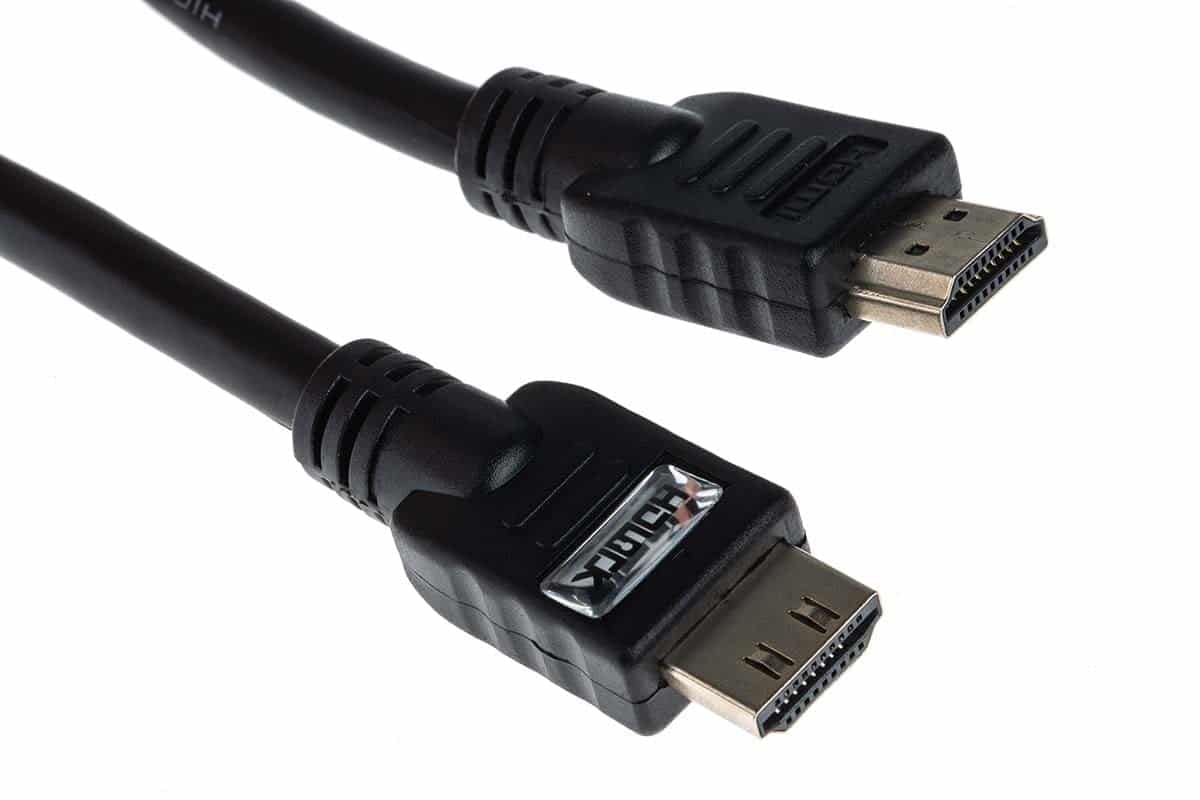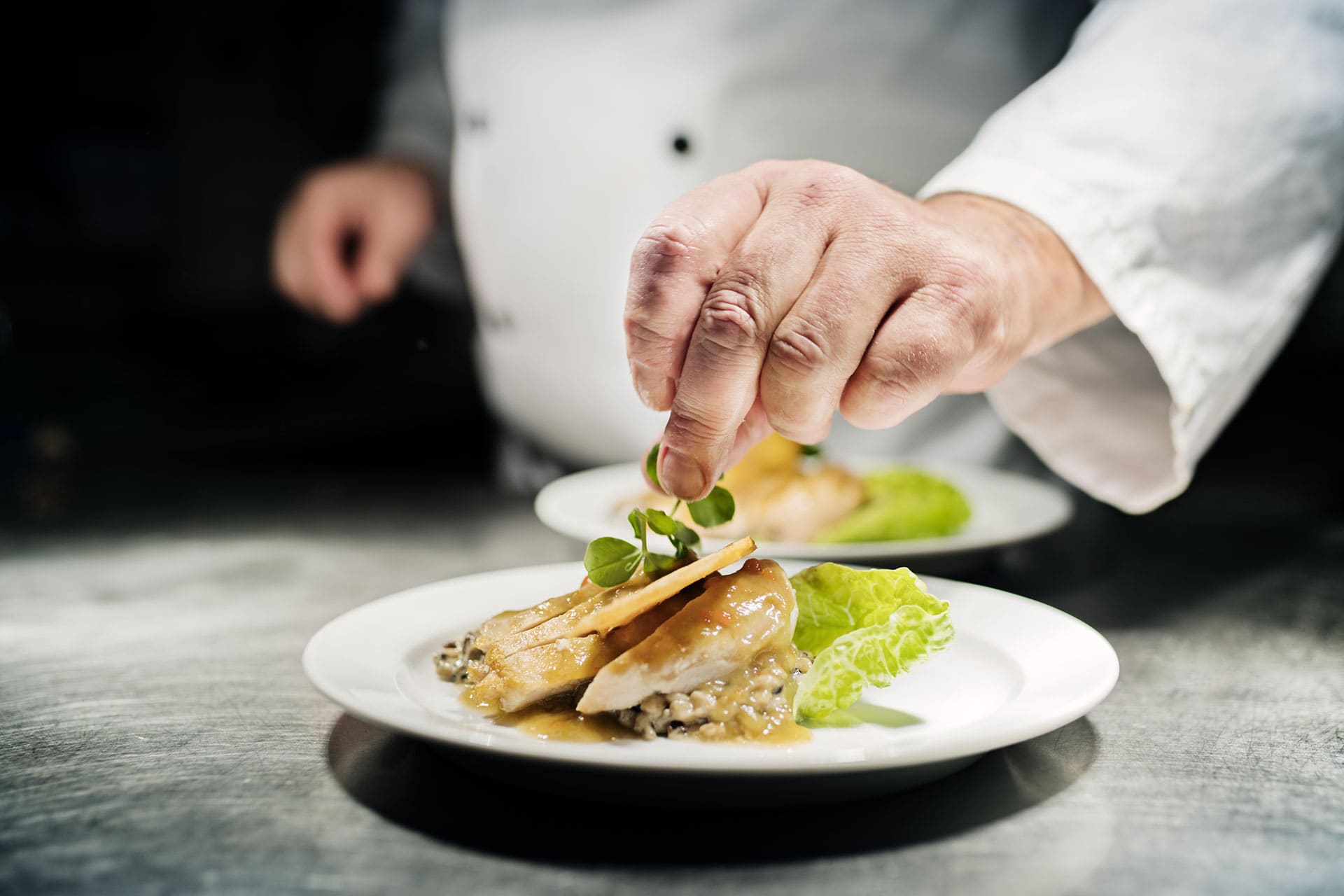The Michelin Guide bestows a distinguished honor known as a Michelin star upon a restaurant. Restaurants receive one to three stars from the Guide, which is thought to be the highest honor in the culinary world. The number of stars given is a reflection of the restaurant’s overall excellence and quality. The procedures for obtaining and upholding a Michelin star rating for your restaurant will be covered in this article.
It takes work to earn a Michelin star for a restaurant. It requires years of effort, devotion, and a dedication to greatness. It’s not likely, though. You can succeed on par with the top chefs in the world if you’re ready to put in the work. We’ll go over everything you need to know about getting a Michelin star in this article. We’ll talk about the qualities that Michelin looks for in a restaurant and offer you some pointers on how to become a better cook and maintain a clean dining establishment. So continue reading if you want to leave your impact on the culinary world. Learn how to earn your first Michelin star now.
A Michelin star is what?
The highest accolade in the restaurant industry is a Michelin star.
The chefs who have received recognition from it have a better reputation than those who have only received minor recognition.
Only 10% of Michelin-starred restaurants have lost their coveted designation.
Even if they receive it back, the owners of the restaurants are not fully reinstated to their listing at the time of release.
A Michelin star guarantees the restaurant a spot on the list for the foreseeable future.
With these issues at stake, a restaurateur must be involved.
It is true that there are several eateries with only one star in the entire world.
For instance, it received three stars when it was initially recognized by the Michelin Guide in 2009.
The variety of restaurants has grown today. There are now 1333 restaurants included in the Michelin Guide.
routines with four to nine three-star attributes.
What do food stylists have in common?
The primary function of a food stylist is to present food in the best possible light for a variety of situations and consumption.
By styling food in a specific way and employing the appropriate props, a food stylist can create any desired image of any dish.
For a particular meal or event, the cooks might hire a food stylist to give an item of food the ideal appearance. The main goal is to give the catering firm crucial details about the proposed service’s format.
Food stylists put in a lot of effort into their work, carefully editing food photographs to provide a beautiful, appetizing image of the particular feast for which they were hired.
They are required to spend a lot of time in front of the camera rather frequently.
There are certain precise guidelines that must be followed when working with wine. (See How do I become a successful wine stylist?
The culinary team is in charge of designing and producing the wine label, therefore it’s crucial to allow no space for error.
How Should I Style a Plate?
Several chefs at restaurants will just eat their dinner with the dish still covered while it is still in the kitchen.
But, if the items are combined, this might seriously damage the restaurant’s reputation.
The chef frequently cleans the dishes by hand, puts them back on a stand, or just straightens the plates and sets the cutlery on the table.
For the quantity of food you have, flatware and bowls should be the proper size.
The liquid centers and sweets of courses should be highlighted on cork boards with good photos of the dish rather than making the main dish seem out of place.
The chef can find it challenging to provide the consumers with the perfect finishing touch if the plate is too large.
The chef should make the plates as evenly sized as possible to prevent this.
What you ought to do is
Purchase enough of food for the base.
Your dish should be 153.25% larger than 24 serves.
Your dish should contain exactly 1 serving.
When Is It Business Sense to Pay Regard to Appearance?
Theoretically, the answer is never because a restaurant’s success is ultimately determined by taste, not by how the food or setting looks. But, when food is given in a visually appealing setting, it can be even more enticing and thrilling, so in theory, excellent aesthetics should matter.
Celebrities and business executives frequently go “downmarket” and utilize cosmetic procedures to try to seem better in order to maximize their potential as restaurant owners. Restaurants ought to follow suit.
In an effort to attract more consumers, they cram their menus with options, and when they succeed, there will be more diners.
There is a pattern that accounts for 75% of CA on average. Restaurants: It is unclear why customers frequent these establishments. Coming here just makes sense.
Provide your restaurant top-notch commercial refrigerators.
If you ask a chef or someone in the industry right now, they could use words like “traditional” or “excellent refrigerator.”
A different name is used to accurately describe food-grade refrigerators for restaurants in the culinary sector. “Commercial refrigeration equipment” is the phrase.
If you run a restaurant, you may choose to cool your storage room using professional equipment. You could be thrilled after learning that commercial refrigeration equipment has many advantages over your home or office refrigerator.
Energy effectiveness is one of the main advantages. Moreover, a commercial refrigerator runs longer than five days at a lower temperature. The commercial refrigerator will use 2 to 13 kWh per day. A refrigerator in a home or office can use up to 45kWh per day.
Lightweight is another perk. The commercial refrigerator is also simple to use. Hence, you probably won’t need to worry about controlling your equipment if you need to transfer many refrigerators from position one or position two for storage throughout a large area. While choosing commercial refrigerators, consider the number of shelves or the cost-effective surfaces.
Conclusion
The Michelin Guide is the world’s most esteemed and sought-after restaurant directory. The Michelin brothers, who began their careers making tires in the early 1900s, invented it.
The Michelin Guide once only gave stars to eateries that were close to their tire manufacturing. Yet as time went on, the guide transformed into a stand-alone authority on fine dining, with inspectors visiting restaurants all over the world to evaluate them and assign stars as necessary.
Receiving a star from the Michelin Guide these days is a highly sought-after accomplishment that may make or ruin a restaurateur’s career. In this essay, we’ll examine how you might earn a Michelin star for your eatery as well.







